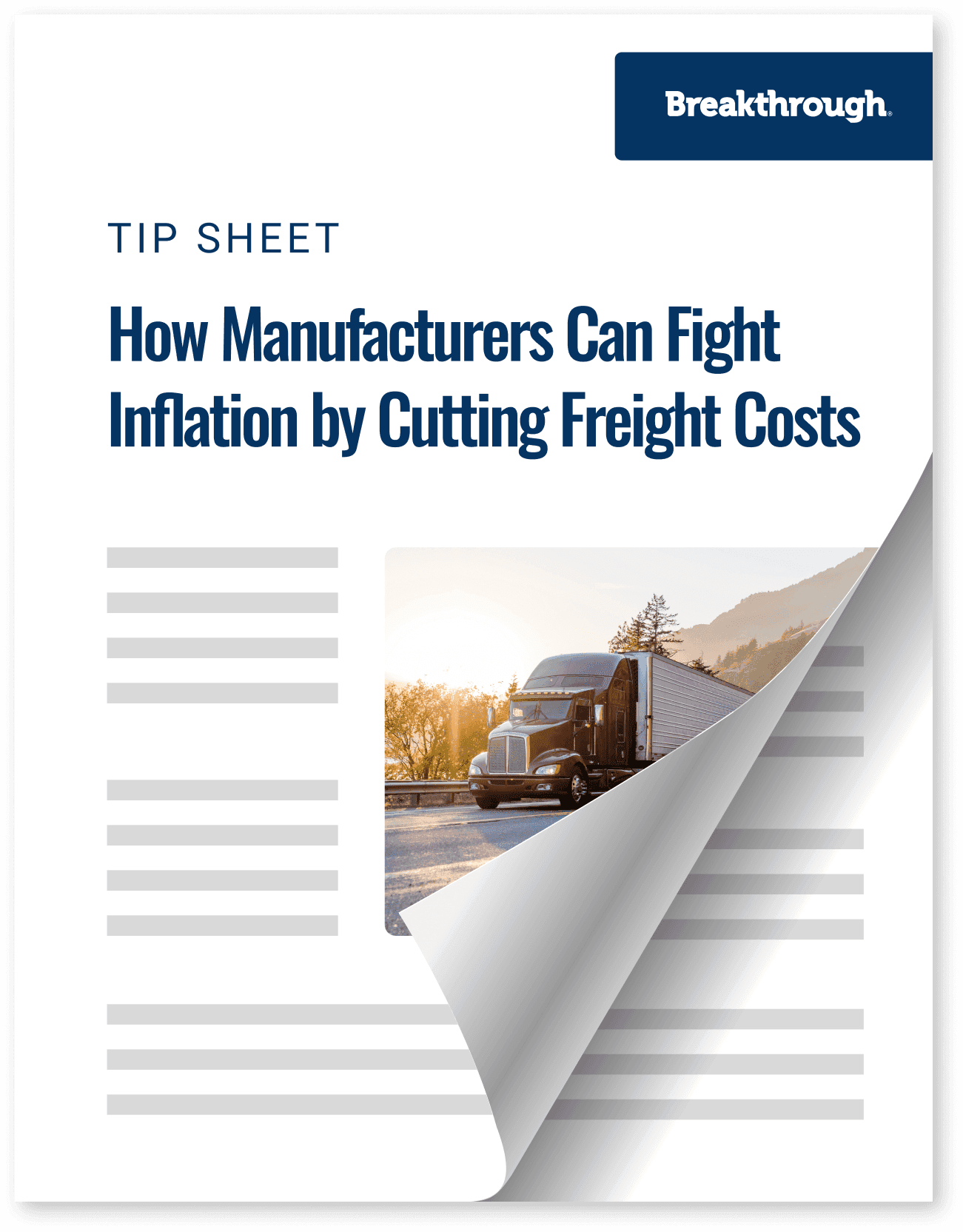How Manufacturers Can Fight Inflation by Cutting Freight Costs

Trending
Top Posts
5 min read
October 2, 2025

Share:
Table of contents
Browse the table of contents to jump straight to the part you’re looking for
Have you been watching crude oil prices fall and wondering why you aren't seeing the same relief at the pump for your fleet? It’s a valid question and a common source of confusion in the transportation industry. While crude oil prices have seen a significant year-over-year decrease, the latest diesel fuel price trends tell a different story, with prices remaining stubbornly stable.
This seeming contradiction isn't an anomaly; it's the result of distinct market forces that influence diesel as a unique commodity. Understanding these factors is crucial for anyone managing transportation costs. This analysis breaks down the specific dynamics—from refinery operations to global demand—that are keeping diesel prices firm, even as crude oil costs decline.
Here’s a closer look at the key elements influencing the price you pay for diesel.
Typically, the price of diesel fuel follows the price of crude oil, as crude accounts for approximately 55% of its cost structure. Recently, we’ve seen a 14% year-over-year decrease in crude oil prices, driven by slowing global economic growth and OPEC's policy reversal to increase supply. Projections from major energy agencies for a crude oil surplus have also contributed to this downward pressure. Logically, diesel prices should have followed suit. However, they have remained virtually unchanged, pointing to other powerful factors at play.
The answer to this price puzzle lies in refinery margins. This margin represents the difference between the price of crude oil and the price of the refined diesel commodity, essentially covering the cost of the refining process. It is heavily influenced by supply and demand dynamics and makes up about 20% of the diesel cost build-up. Recently, tight diesel supply and high demand have significantly widened this margin, creating upward price pressure that has effectively canceled out the savings from cheaper crude oil.
A look at U.S. diesel inventories reveals a clear trend: supply is tight. For most of this year, diesel inventories have been drawing down. This is especially unusual for the summer months of June, July, and August, a period when refineries are typically operating at full tilt and building up inventory. Instead, we saw continued draws, pushing stock levels to 8% below the five-year seasonal average. This follows a sharp inventory drawdown in the first half of 2025 when U.S. total diesel inventories decreased by 17% (about 22 million barrels).
Why are inventories so low? A primary reason has been a massive increase in demand for U.S. diesel exports. Between February and June of this year, exports to Europe exploded by 378%. This, combined with strong demand from Latin America, diverted a significant amount of diesel that would have otherwise supplied the domestic market. Even as refineries shifted their production yields toward diesel in late summer, the market is still playing catch-up just as seasonal demand is set to peak. With peak freight season, the agricultural harvest, and upcoming refinery maintenance all on the horizon, inventories will likely remain tight, keeping diesel fuel price trends firm.
Diesel prices are influenced by four main components: the cost of crude oil (around 55%), refinery margins (around 20%), distribution and marketing costs, and taxes. While crude oil is the largest factor, refinery margins can cause significant price swings based on supply and demand for diesel itself.
Diesel prices can remain high even with falling crude oil costs if the "refinery margin" increases. This happens when the supply of diesel is tight relative to demand. In the current market, low domestic inventories caused by strong export demand have widened refinery margins, offsetting some of the benefit of cheaper crude oil.
The U.S. is a major exporter of refined products, including diesel. When demand rises in other parts of the world, like Europe or Latin America, it can lead to an increase in U.S. exports. This diverts supply from the domestic market, causing U.S. inventories to tighten and putting upward pressure on prices here at home.
Fuel Recovery
If not, you're missing out.


7 min read
November 11, 2025
Discover how fuel management systems cut costs, track emissions, and improve reimbursement accuracy for modern freight operations.
Read more
6 min read
November 10, 2025
Explore how the proposed Union Pacific–Norfolk Southern merger could reshape rail in the U.S. Learn impacts on competition, pricing, and service.
Read more
5 min read
October 28, 2025
Two major oil refineries in California are closing, removing 17.5% of the state's capacity. Learn how this will impact fuel premiums and your supply chain.
Read more